In the previous article, I looked at the music of Toshiki Kadomatsu (titles omitted), who has produced music that sounds familiar but is not quite the same. This is part 2.
In 1994, Toshiki Kadomatsu released an album called “ALL IS VANITY”, which caused quite a stir among music lovers. This was because the songs on the album, by a professional musician, were reminiscent of Steely Dan, Tatsuro Yamashita and Airplay.
Toshiki Kadomatsu fans will easily understand that this is not a bad thing, but rather a confident imitation of the details of the songs, and those in the know will laugh at the brilliant finish.
The inspiration for the album was Steely Dan and the music of Donald Fagen, who plays keyboards in Steely Dan. Steely Dan is one of the greatest pop acts of all time, and the musicians who played on their albums were also top-class.
To recreate that music, you need musicians who are technically as good as or better than the musicians who played on the original albums.
What surprised me was that Toshiki Kadomatsu, who is an excellent performer, invited keyboardist Joe Sample and guitarist Larry Carlton to participate in the production of the album “ALL IS VANITY”.
What surprised me was that Toshiki Kadomatsu, who is an excellent performer, invited keyboardist Joe Sample and guitarist Larry Carlton to participate in the production of the album “ALL IS VANITY”.
In addition to Donald Fagen's music, “ALL IS VANITY” also features songs inspired by the classic album “FOR YOU” by Tatsuro Yamashita and the classic album “Romantic” by Airplay. The recording members include not only overseas musicians but also musicians from Japan.
■ Recommended Album: Toshiki Kadomatsu “ALL IS VANITY” (1994)
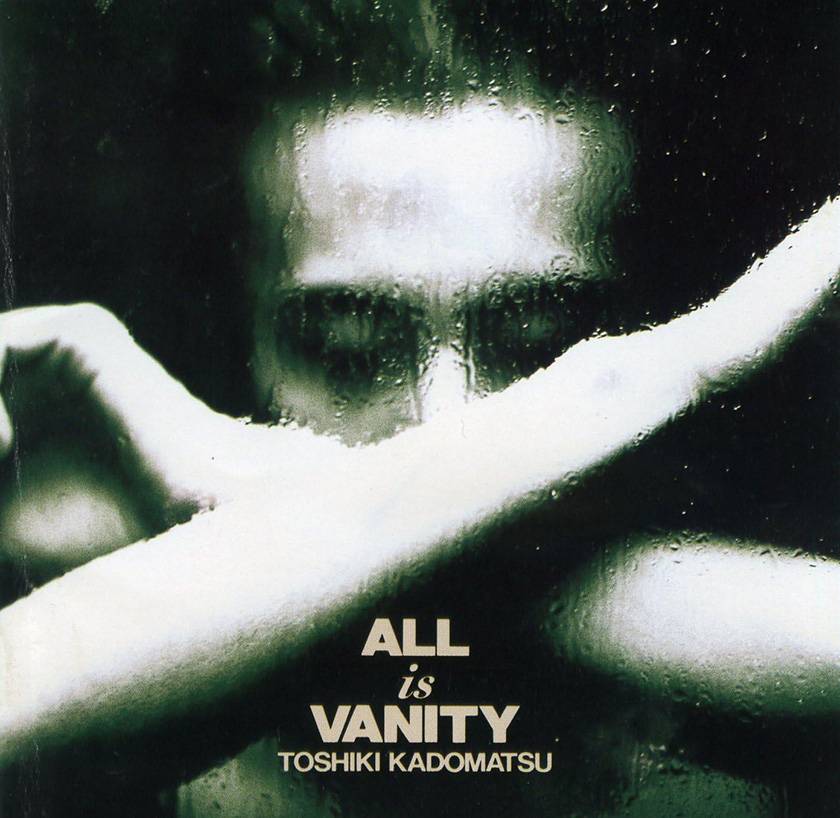
Released in 1994, this is Toshiki Kadomatsu's 9th masterpiece album. It vividly depicts not only the music of Steely Dan and Donald Fagen, who have influenced Kadomatsu, but also the music of Tatsuro Yamashita. For the Steely Dan-style performances, he enlisted the help of Larry Carlton (guitar) and Joe Sample (keyboard), but for the reproduction of Tatsuro Yamashita's music, he put together an ensemble of mainly Japanese musicians.
The representative Japanese musicians involved were Sato Hiroshi, one of Japan's leading keyboard players, Gotoh Tsugutoshi on bass, and Murakami Ponta Shuichi on drums.
Kakumatsu was already familiar with Sato Hiroshi's brilliant performances on the albums of Yamashita Tatsuro, and it is thought that he was asked to join the project because of this. Kakumatsu himself had also used Sato Hiroshi on his own instrumental album “SEA IS A LADY” (1987), so it seems that his playing was a must.
Tsugutoshi Goto (B) is a musician with a proven track record in music production and production for bands such as Sadistix. Murakami Ponta Shuichi (Dr), who was Japan's top drummer, needs no introduction.
Gathering these musicians was essential to the musical map that Kadomatsu himself was drawing, and their sound was probably necessary for him to construct his own music. Rather than just being drawn to his favorite music, Kadomatsu probably wanted to use the real thing to create something that surpassed the real thing.
There is another musician who is indispensable to the Kadomatsu Band, apart from the members who have been booked. This is the keyboardist Shingo Kobayashi. Shingo Kobayashi is a keyboardist and arranger who is able to bring out the sophisticated AOR-like elements of Toshiki Kadomatsu, and has arranged for numerous artists, including Miyuki Nakajima, Ami Ozaki, Meiko Nakahara, Miki Imai, KAN, and Kiyotaka Sugiyama.
On this album, he is credited as co-producer with Toshiki Kadomatsu. His stylish sense and highly skilled musicianship must have been an indispensable asset to Kadomatsu.
If you listen to the album, music fans will easily understand that Kadomatsu needed this lineup to express his conviction.
The important thing is to gather real musicians and create music that is even better than the original. This album is filled with the pride of Kadomatsu, who has surpassed the original.
I have a theory that “a copy can never surpass the original”, but in that sense, I think this is a very rare album that surpasses the copy.
Recommended Song: “Natsukaiki - Summer days”
It starts with Goto Tsugutoshi's signature slap bass. The brass ensemble joins in, and as the vocals enter with the words “Manatsuno~♪”, I couldn't help but blurt out “Ah, Sparkle?”, and I also recognized that it was clearly Toshiki Kadomatsu's work. It's exactly the same mood as the opening song “Sparkle” from the famous album “FOR YOU” by Tatsuro Yamashita. It is a well-known story that Kadomatsu himself paid his respects to Tatsuro Yamashita for his song “Sparkle”.
The brilliant synth phrases that are not present in “Sparkle” further accentuate the mood. The sax solo in the song is by Kirk Whalum. The horn ensemble features the great Jerry Hay (tp), and it is reminiscent of the Sea Wind Horn Section. It is clearly a world-class standard.
Although there are common words in the lyrics of “Sparkle” by Yoshida Minako, such as “midsummer” and “goddess”, there is a hint of respect for Kadomatsu's own original work and pride in his own music.
■ Recommended Album: Tatsuro Yamashita “FOR YOU” (1982)
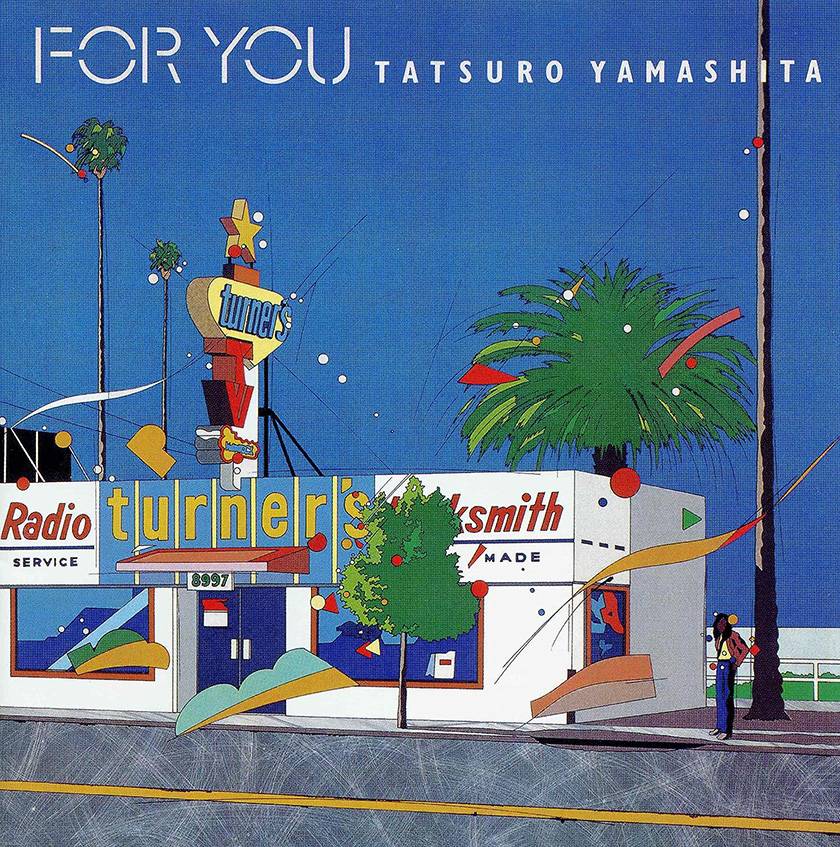
Released in 1982, this is a masterpiece album by Tatsuro Yamashita. The opening song “Sparkle” is a famous song that was performed as the opening song for Tatsuro's live performances for a long time. The album includes artwork by Eizin Suzuki and contains several songs with a tropical mood.
As Tatsuro himself says, he was quite resistant to being called “summer, sea, Tatsuro” on this album. Tatsuro did not like being called this, and the songs from this album onwards became more introspective.
Reference song: “Sparkle”
A famous song by Tatsuro Yamashita, widely known for the intro phrase of the Telecaster guitar. A masterpiece created by the duo of Minako Yoshida and Tatsuro Yamashita.
He says that the brown telecaster he bought was a real gem, and that he came up with the intro to bring out the telecaster's goodness. As for whether Kadomatsu was able to come up with something better than this intro, he played an intro with sparkle-like guitar cutting on the album “SEA IS A LADY”, so it seems that he came up with the idea of the opening with the slap bass by Tsugutoshi Goto.
The flashy brass ensemble features some of the best brass players in Japan, including trumpeter Shin Kazuhara and trombonist Shigeharu Mukai. The wonderful saxophone solos are by Tatsuro Yamashita and Hidefumi Toki.
Recommended Song: Toshiki Kadomatsu “Distance”
This is a famous ballad that is not an exaggeration to call the best ballad by Toshiki Kadomatsu (there are various opinions). The intro has a beautiful melody that comes from David Foster, the keyboardist and arranger of Airplay. The keyboardist Shingo Kobayashi is very good at creating intros like this. He can instantly create the world of David Foster.
The highlight of this song is the twin guitar solo by Toshiki Kadomatsu, which presents the memorable phrases of Airplay guitarist Jay Graydon. During the solo, Kadomatsu's attention to detail is evident in the fact that the delay time is the same right up to the rest before the note. This twin lead is played by Kadomatsu himself.
The drummer is Murakami Ponta Shuichi. The powerful fills from the second half of the song's chorus show just how creative Ponta is.
The acoustic piano playing of Shingo Kobayashi and the ensemble of Hiroshi Sato's Rhodes piano are also exquisite. It is no exaggeration to say that Kobayashi's acoustic piano playing forms the backbone of this song. In addition, the way the synthesizer adds flavor to the details is also superb.
■ Reference Album: Airplay “Romantic” (1980)
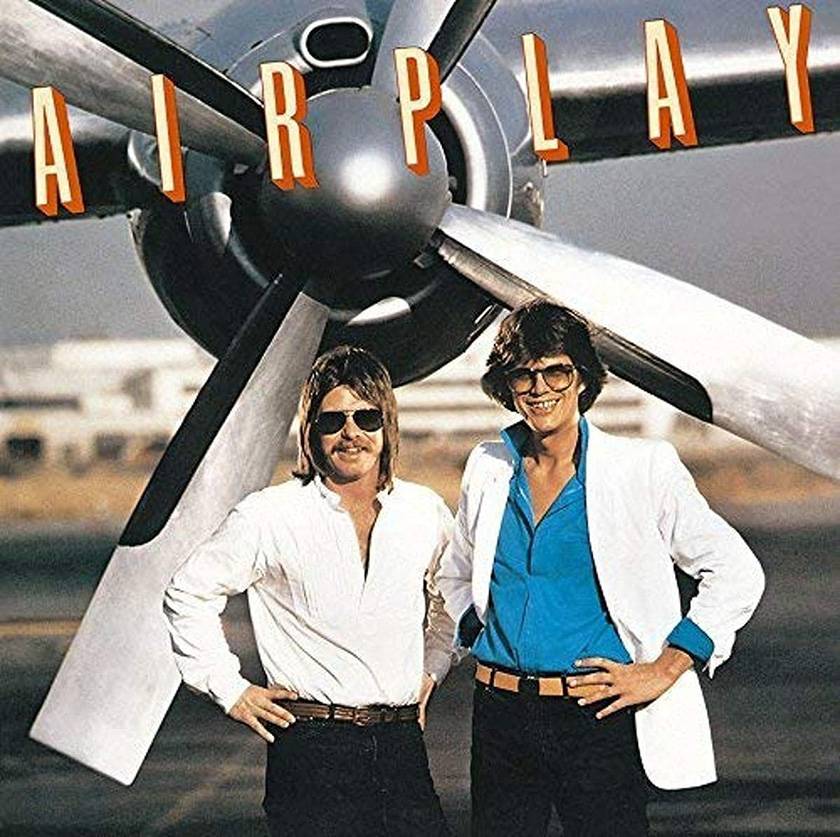
Released in 1980, this is a classic AOR album! Airplay was a unit formed by two popular studio musicians and producers. The album "Romantic" they worked on was packed with fresh music that you'd never heard before, with great songs, arrangements and innovative phrasing.
Before or after, “Airplay” by Jay Graydon and David Foster is only on this “Romantic” album.
The members who supported the two musicians were an extremely powerful line-up, including TOTO drummer Jeff Porcaro, bassist David Paich, guitarist Steve Lukather, and synthesizer player Steve Porcaro. Other members include Ray Parker Jr., trumpeter Jerry Hey, and Bill Champlin on chorus, and the list goes on. In addition to the two main members, the songs were also written by Steve Kipner and Bill Champlin.
Airplay music has become a popular trend in the Japanese music industry, and the phenomenon of songs becoming more like airplay music has become a hot topic.
David Foster's production, songwriting, arrangements and keyboard playing received high praise in the 1980s, and he has also won many Grammy Awards. When David Foster was involved in the production, the music took on a David Foster-like color. It was elegant, stylish and cool! David captured the hearts of many music lovers.
Reference Song: Airplay “It will be alright”
The twin guitar harmonies and accents of Jay Graydon were a development and sound that had not been seen in American rock up to that point. They became the basis for many musicians to catch up to.
Toshiki Kadomatsu's twin guitar solo in “Distance” is based on this solo with confidence.
■ Reference Album: EARPLAY “EARPLAY ~REBIRTH2~” (2020)
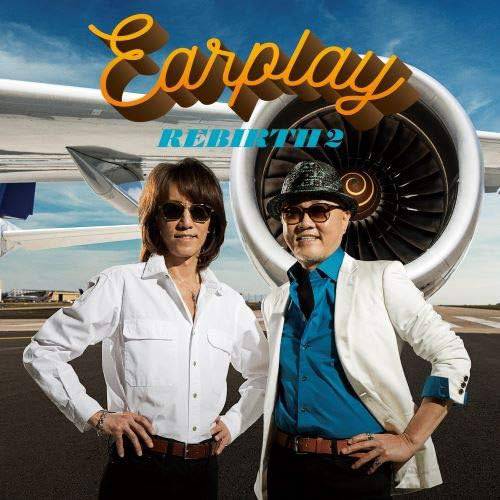
The cover of “EARPLAY ~REBIRTH 2~” is exactly the same as the original Airplay. This is not “Airplay” but “Earplay”! Shingo Kobayashi's outfit is a perfect copy of David Foster's white jacket, blue shirt and belt (lol). The two artists' love of Airplay is overflowing.
The album also features Airplay's song “Cryin' All Night” and his own classic song “Distance”.
Featured Musicians, Albums and Recommended Songs
- Artist: Toshiki Kadomatsu, Tatsuro Yamashita, Hiroshi Sato, Tugutoshi Goto, Murakami Ponta Shuichi, Hidefumi Toki, Jay Graydon, David Foster, Shingo Kobayashi, etc.
- Albums: “ALL IS VANITY” “FOR YOU” “Romantic” “EARPLAY ~REBIRTH2~”
- Recommended Songs: “Natsukaiki - Summer days” “Sparkle” “Distance” “It all be alright”
The “sound & person” column is made up of contributions from you.
For details about contributing, click here.











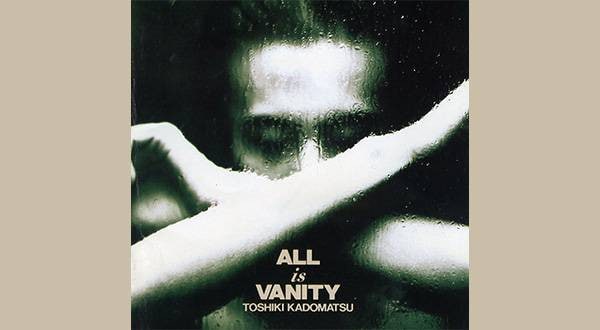
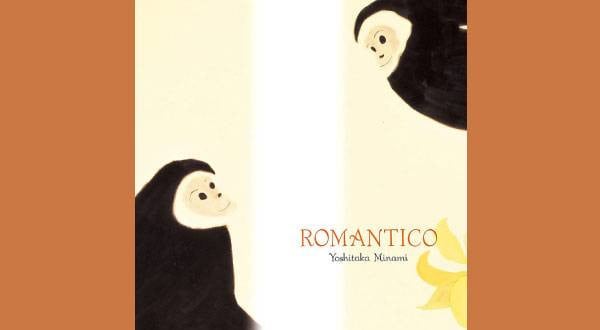
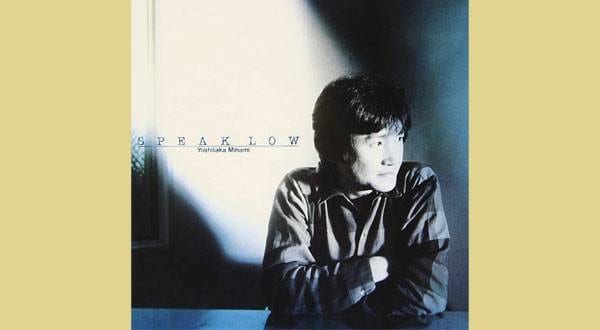

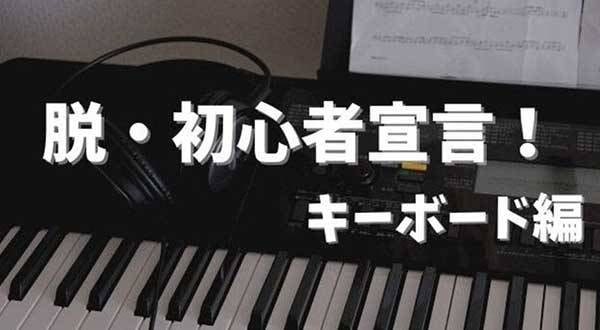

 超オススメのフレーズ道場 ギター
超オススメのフレーズ道場 ギター
 ギター 初心者講座
ギター 初心者講座
 用途で選ぶ!鍵盤楽器の種類
用途で選ぶ!鍵盤楽器の種類
 キーボードスタートガイド
キーボードスタートガイド
 ギタースタートガイド
ギタースタートガイド
 キーボード・ピアノ講座
キーボード・ピアノ講座















